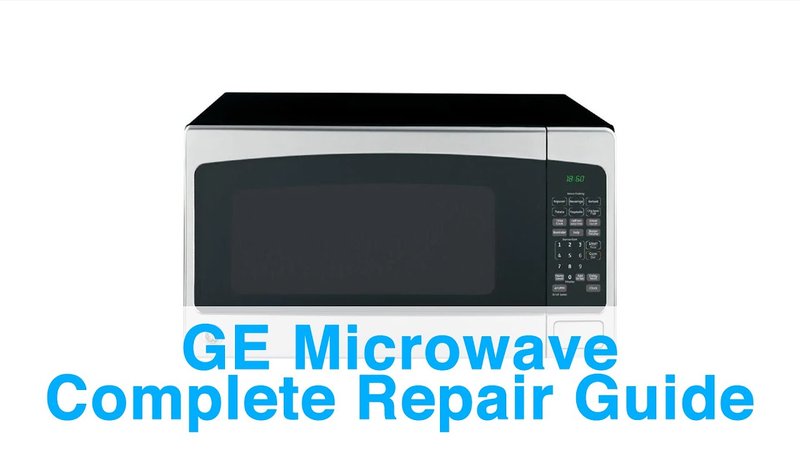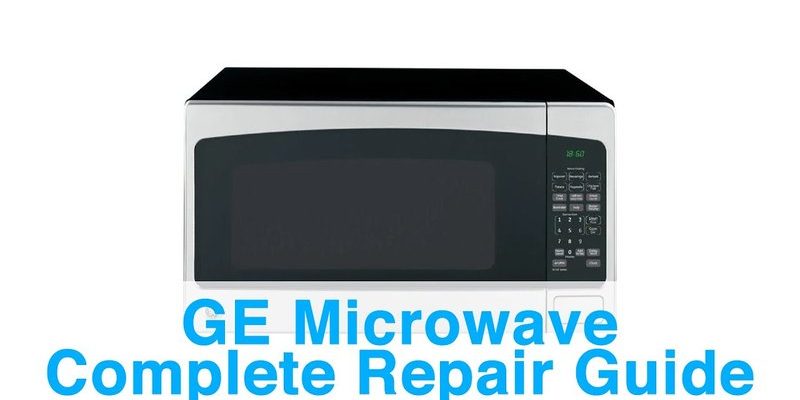
Microwaves, like any other appliance, can sometimes misbehave. The “OE” error code usually suggests an issue related to one of its internal components, possibly a sensor or overheating issue. Essentially, your microwave is trying to communicate that something’s not quite right, but rest assured, it doesn’t mean your microwave is kaput. Often, the culprit might be a minor glitch that a good old reset could resolve, but it’s important to understand what’s going on under the hood before hitting that restart button.
Understanding the OE Error Code in GE Microwaves
Before you jump into solutions, it’s worth understanding what this pesky “OE” code means. In the world of microwaves, different error codes can point to various issues. The “OE” code specifically relates to a problem with the microwave’s sensor system. Think of it like a check engine light in your car. It’s not detailed in itself but indicates something is wrong under the hood.
This error code might appear if there’s a glitch with the sensor that monitors the microwave’s operational temperature. Sensors are crucial because they help ensure that your food cooks optimally without overheating. An “OE” error could mean the sensor is not reading correctly or believes the microwave is overheating when it’s not. This can be due to faulty circuitry, a software bug, or the sensor getting damaged or dirty over time.
So, when you see this code, it’s the microwave’s way of saying, “Hey, something’s not right here.” Before you panic, know that it doesn’t always mean an expensive repair is on the horizon. Sometimes, just like when your computer acts up, a good reset can solve the problem. However, if the issue persists, further investigation could be necessary to ensure everything’s functioning safely and efficiently.
Reasons to Try Resetting Your GE Microwave
You might be wondering, why resetting? Picture this: your smartphone is lagging, not responding, and playing up. What’s the first thing you’d do? You’d probably restart it, right? Now, while microwaves are a bit more complex, the principle remains the same. A reset can clear out temporary glitches affecting sensor readings.
A reset simply involves disconnecting the microwave from its power source and letting it sit for a minute or two. This tiny break allows the internal systems to shut down completely, resetting any software hiccups that might be causing false alarms. It’s like taking a deep breath to recalibrate your thoughts. For many users, this simple action can clear the “OE” code and make the microwave happy again.
However, remember that if the error persists after resetting, it’s a sign that there could be a deeper issue at play. That’s when you need to consider other troubleshooting options or professional intervention. But as a first step, a reset is always worth a shot. It’s simple, non-invasive, and 9 times out of 10, it won’t do any harm.
When to Seek Professional Help
Okay, so you’ve tried resetting, but that stubborn “OE” error code still won’t budge. Now what? It’s time to dig a bit deeper. The error could be tied to the microwave’s internals, like a faulty sensor, wiring issue, or maybe something even more technical like a malfunctioning control board.
At this point, if you’re not particularly tech-savvy or comfortable poking around appliances, it’s wise to bring in a professional. A certified technician can safely check the internal components and diagnose the issue without risking any harm to the microwave or yourself. Plus, they have the tools and expertise to replace or repair any faulty parts.
Remember, there’s no shame in calling for help. Appliances like microwaves involve high voltages and intricate components, which can be dangerous if mishandled. Besides, having a pro look at it can ensure the problem is fixed correctly the first time, saving you future headaches and potentially costly repairs.
Preventative Tips to Avoid Future Errors
So, how do we avoid these annoying error codes in the future? Here’s the deal: regular maintenance and a little TLC can go a long way. Just like you wouldn’t neglect oil changes in a car, care for your microwave to keep it running smoothly.
One easy tip is to keep your microwave clean, especially the vents and components. Grease and dirt can accumulate and cause sensors to misread temperatures. Think of it as keeping your eyeglasses clean for clear vision. Regularly checking and cleaning can prevent such build-ups, ensuring your sensors work as they should.
Also, avoid slamming the microwave door, as this can cause issues with the door latch sensors. Always ensure your microwave’s vents aren’t blocked, allowing it proper ventilation and reducing the risk of overheating. And remember, when in doubt, consult the trusty user manual or reach out to GE customer support for advice tailored to your specific model. Taking these simple steps can help keep pesky error codes at bay and your microwave in tip-top shape.
In conclusion, while resetting your GE microwave can often fix the “OE” error code, it’s not a guaranteed solution for all underlying issues. Understanding what the code means and when to seek professional help will keep your kitchen running smoothly and take the guesswork out of microwave maintenance.
